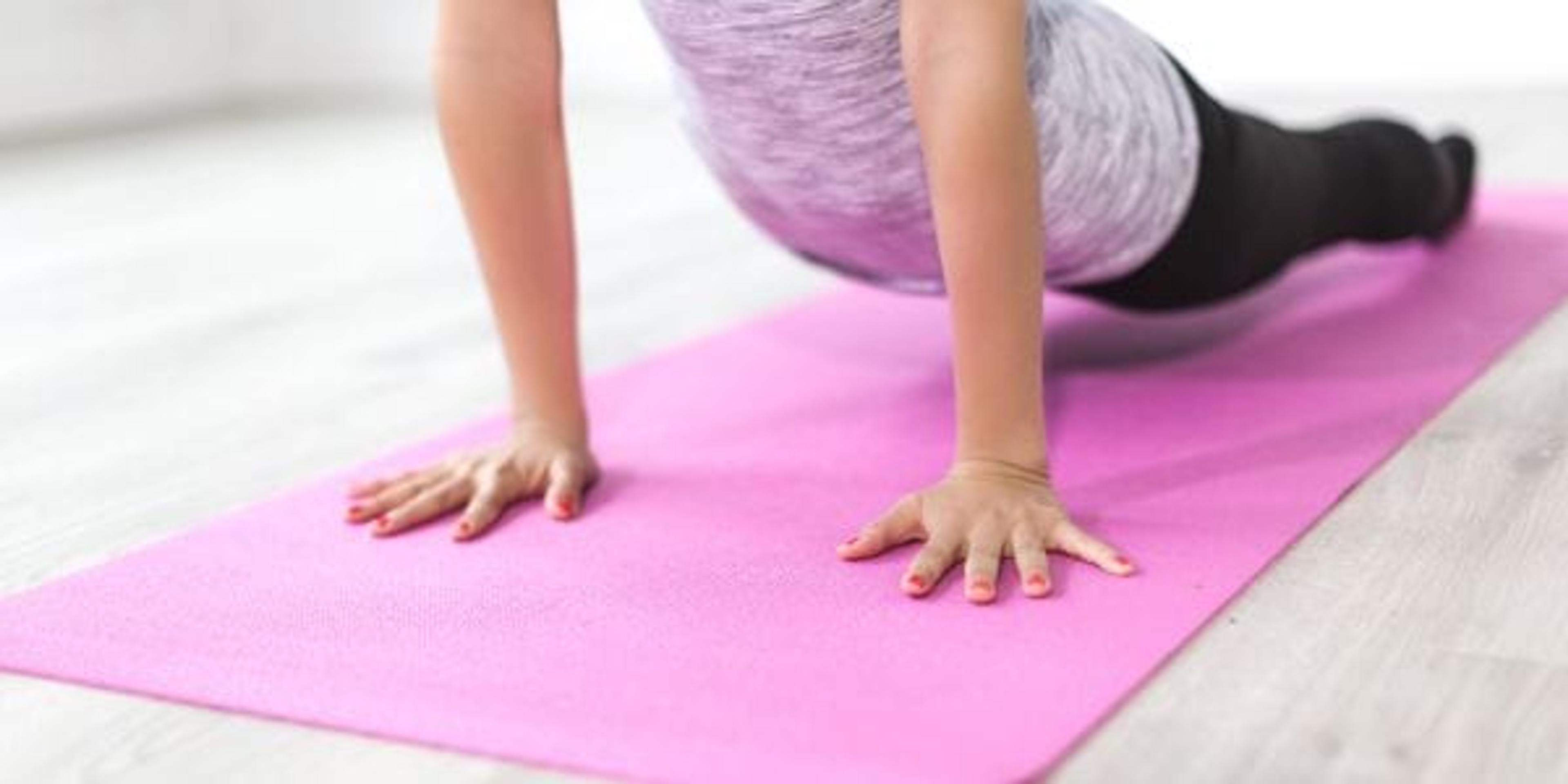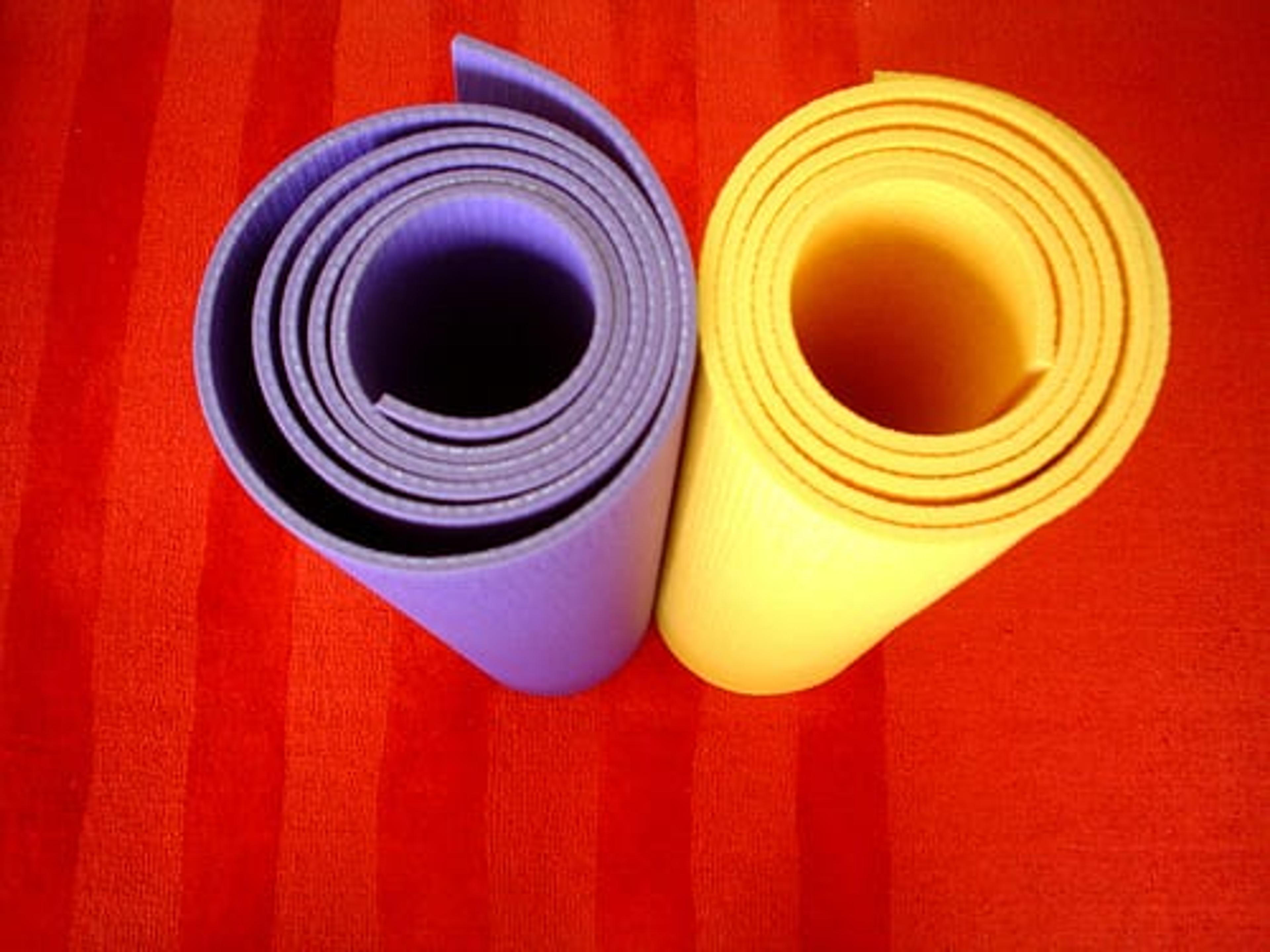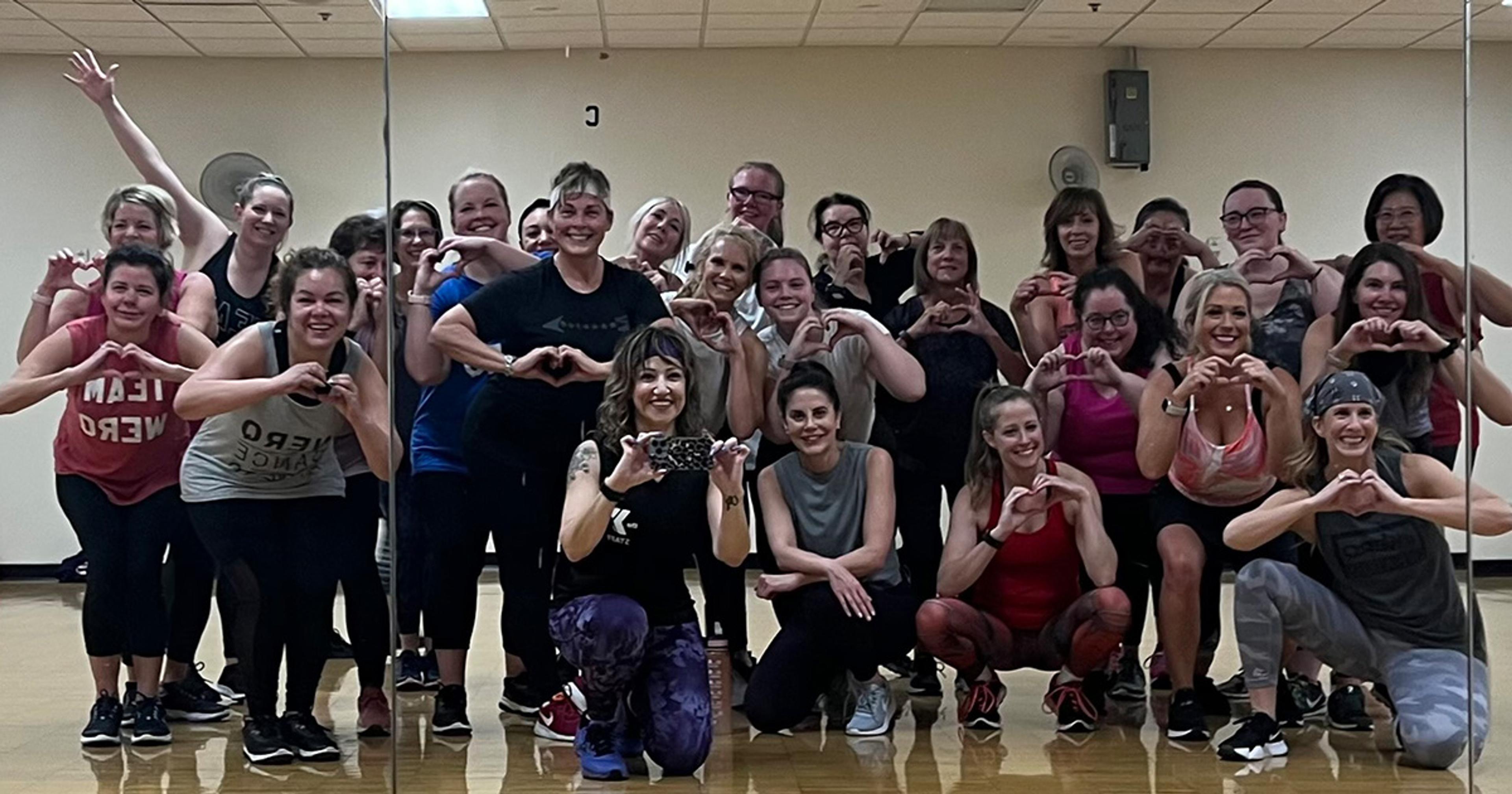Yoga: Hot or not?
| 2 min read

More and more people across Michigan are getting familiar with downward facing dog and mountain poses by embracing yoga. Why? Because having a yoga practice can fight stress, improve flexibility, and manage chronic conditions, making it a great choice for people of all ages. But while traditional yoga has been around for centuries, hot yoga (also called Bikram), has recently risen in popularity. It’s performed in hot, humid rooms and fans believe the increased heat gets rid of toxins and boosts the health benefits. While a study found that hot yoga is no better for health or weight loss than when the poses are done at normal temperatures, it still might be something you should give a shot. Before you sign up for a class, read up on how the two options compare.

How regular and hot yoga are the same
- Both practices create a sense of well-being and bring focus to the present.
- Both use the same basic asanas (yoga poses).
- Both use controlled breathing to maximize your practice.
- Both are done in studios and require a yoga mat and water.
How they are different
Regular yoga
- Offers a wide range of asanas, like Balasana (Child’s Pose), Garudasan (Eagle Pose), and Ananda Balasana (Happy Baby Pose). This is especially beneficial for those just learning about yoga.
- Promotes mindfulness and being in touch with your body, with many poses adjustable for different ability levels.
- Provides a wider range of choices in terms of your practice. For example, regular yoga allows chanting and meditation for those who prefer it.
Hot yoga
- Involves 26 specific asanas, repeated twice, and two breathing exercises at the end.
- Does not incorporate meditation or chanting.
- Focuses on pushing your body further each time you approach a pose.
- Is done in a room that’s 105 degrees Fahrenheit and a humidity level of about 60 percent.
- May require a special mat that helps absorb sweat.
So, which should you try? That depends on your personal preference for heat! Both practices offer mental and physical relief, so give both a try to see what works best for you and your physical fitness routine.
Check out these blog posts if you enjoyed this one:
Photo Credit: Rodrigo Quinones





